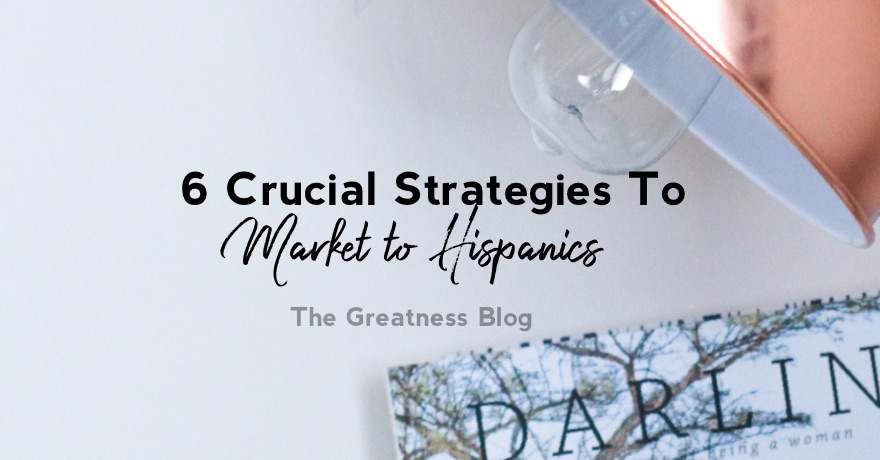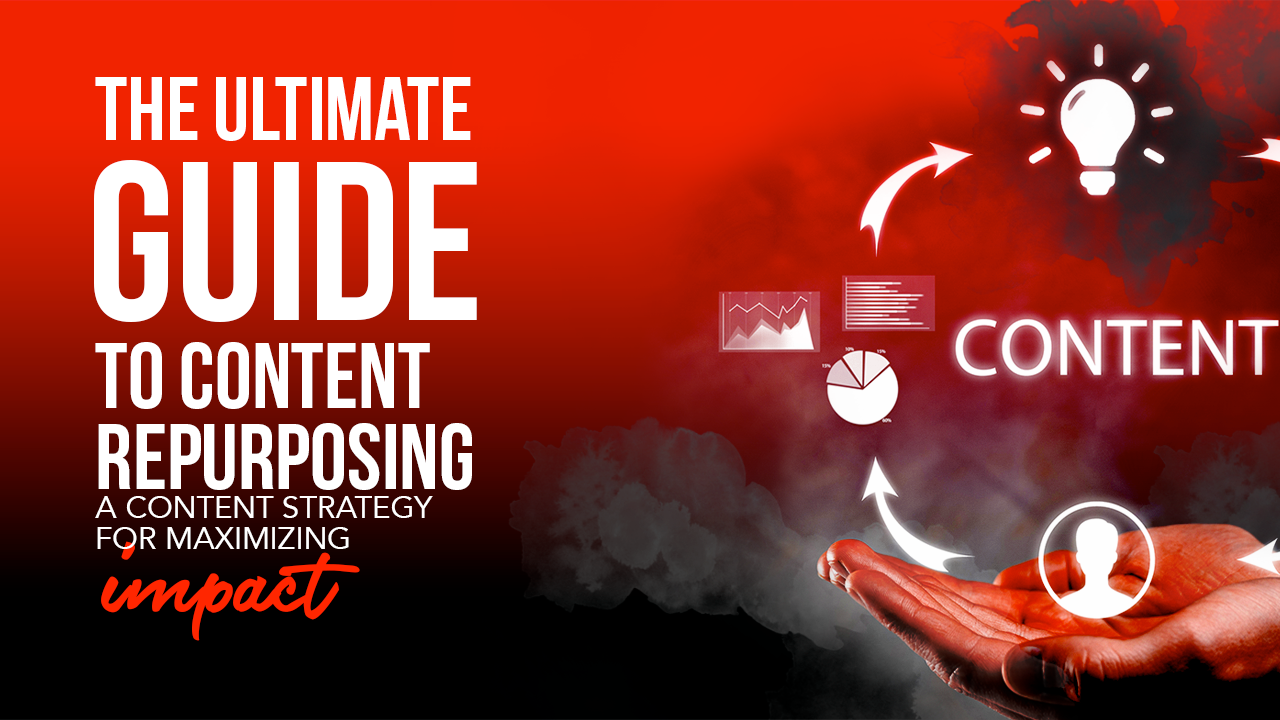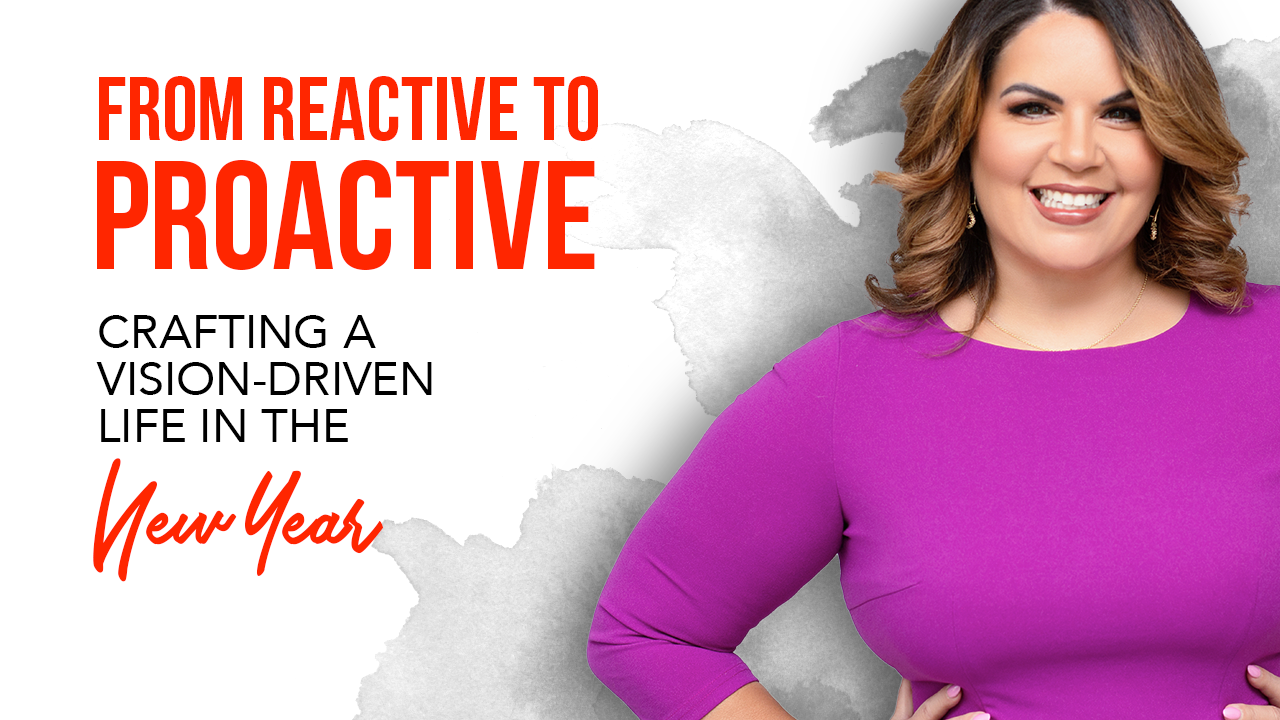Marketing to the Hispanic Market takes more than speaking Spanish. The U.S. Hispanic community can’t be generalized, as community members come from a variety of countries each with their own version of the Spanish language and varying cultures, making it hard to target the entire community as one group.
I’ve dedicated a big portion of my marketing career to serve the Hispanic Market and there are some fascinating facts that all business owners should be aware of.
Facts:
The Census Bureau describes Hispanic or Latino ethnicity as “a person of Cuban, Mexican, Puerto Rican, South or Central American, or other Spanish culture or origin regardless of race.” Hispanic people are the largest minority in the United States. Only Mexico has a larger Hispanic population than the United States.
By 2060, the Census Bureau projects that Hispanic people will comprise over 28% of the total population with 119 million residing in the United States. In 2016, Hispanics made up 11% of the electorate, up from 10% in 2012.
If there is something that can’t be ignored today, especially by companies that cater to consumers, is the fact that the Hispanic population in the US is growing exponentially. Is your company tapping into Hispanic consumers using the right marketing strategies?

Market to Hispanic’s Cultural Connections
The majority of Hispanics feel connected to their heritage. Culture is a way of life that’s felt in the way they act, what they eat, listen to, watch and how they speak with each other. Culture makes them feel safe. Even when they speak English, for major purchases and major life decisions, if they have a service provider that “gets them”, the connection happens instantly.
Hire talent that can provide that connection between your message and your future buyers; especially for marketing and sales.
Your Language can Make It or Break It
Most Hispanics living in the US are bilingual. Last time I checked, 6 out of 10 Hispanics speak English. It is correct for marketers to assume that their content should be primarily in English. That reinforces the attainability of the “American Dream”. However, there are some exceptions to the rule. For major purchases, they will prefer Spanish. For example attorneys, doctors, accountants, real estate, insurance, mortgage, banking, furniture, equipment, and other major transactions, your content should be in Spanish.
In October 2016, Facebook released the results of their “Facebook IQ” study conducted by Latinum Network. The study investigated 500 Hispanics from different language usage backgrounds (English-dominant, bilingual, and Spanish-dominant), complemented by in-depth interviews.
The study had several conclusions, of which we highlight the following:
• 80% of U.S. Hispanics don’t feel they need to stop speaking Spanish to be part of the American culture.
• 86% of respondents believe the Spanish language helps them remain connected to their culture.
• Ads targeting Hispanics in Spanish significantly increase their interest in purchasing products.
• When online, more than 80% of Spanish-dominant Hispanics use Spanish at least half of the time when they read, write or watch videos.
• 79% of Spanish-dominant, 82% of bilingual, and 60% of English-dominant Hispanics surveyed on this research think brands should reach out to consumers in both English and Spanish.
• 58% of Spanish-dominant Hispanics and 48% of bilingual Hispanics think that brands that reach out to the segment in Spanish demonstrate they value the Hispanic community. Source: Forbes.
Furthermore, the Facebook IQ study also mentions that Hispanic consumers don’t want to be exposed to mere translations of messages from English to Spanish; they want to receive messages that reflect their culture, and this message should also be reflected when casting actors who speak Spanish, with the usage of humor, and in situations that consumers can relate to from a cultural standpoint.
Hispanics are Receptive to Advertising, in Particular, Influencers
Here’s some music to your ears: Hispanics are very receptive to advertising; in fact, over half of millennial Hispanics actually welcome advertising targeted to them as a Hispanic. So what’s the catch? Marketers need to offer a true reflection of what it means to be Hispanic — that speaks to both Hispanic traditions and American culture. Avoid “Hispandering” — content should be highly curated and focused on cultural identity beyond just language. The use of stereotypes can be comical, but should be done properly, else they will backfire. Our third-generation study showed “Latin-style dancing” was the least important advertising element indicated by respondents.
Hispanics Love Social Media: It’s Their Way to Keep Connected With Their Roots
Social media has unequivocally become an essential element in any business strategy. This especially holds true when it comes to engaging the 59 million Hispanics who live in the U.S. (representing 18% of the total population) as they are heavy social media users—over-indexing compared to non-Hispanics on their usage of Facebook (77% vs. 73%), YouTube (62% vs. 58%), Instagram (40% vs. 30%), and Snapchat (32% vs. 21%). Furthermore, Hispanics are 62% more likely than non-Hispanics to rely on social networking sites for healthcare information.
Video Key to Reaching Hispanics
As the social media landscape continues to evolve in 2018, one trend we’ll continue to see is video content becoming even more important. In fact, to quote a recent Forbes article, “it doesn’t take a crystal ball to see that video is the future” and Hispanics are at the forefront of this change. U.S. Hispanics spend nearly 66% more time per week watching videos on their smartphones compared to the total market, with Facebook and YouTube being the top two digital video platforms used. The content they watch clearly reflects Hispanic values of preserving their culture and language—73% of third-generation Hispanics watch videos that speak to their heritage and two out of three bilingual Hispanics watch videos in Spanish.
Hispanics are Loyal to Their Brands
With a larger average household size and high spending power, Hispanics are loyal to the brands they love, which creates a perfect opportunity for brand marketers. For example, in Puerto Rico, we call “cornflei” to all kinds of cereals, using the brand Kellogg’s Corn Flakes. We say “cutips” to all kinds of cotton swabs. The list goes on and on.
The loyalty factor can have a double edge sword. It might take longer to position your product if it competes with a big brand. Therefore, your marketing strategy should use more of a “market to one person approach”. The more you connect with them, the better. Don’t just translate but create campaigns that are unique to the Hispanic market. Almost like if you were launching your product in another country.
Takeaway: Targeting the right audience requires specialized marketing
Once you know who your audience, targeting them directly becomes a priority. With marketing influencers like us for example, there’s a built-in network to be able to raise awareness about your brand among a specific demographic. Having a focus allows you to market directly to the people who need to see your product most. Being able to reach your audience directly gives an advantage over companies that are still marketing to a general audience.
Book a complimentary Forensic Marketing assessment so we can create a plan that fits your needs.
To your greatness, success, and profits we go!











